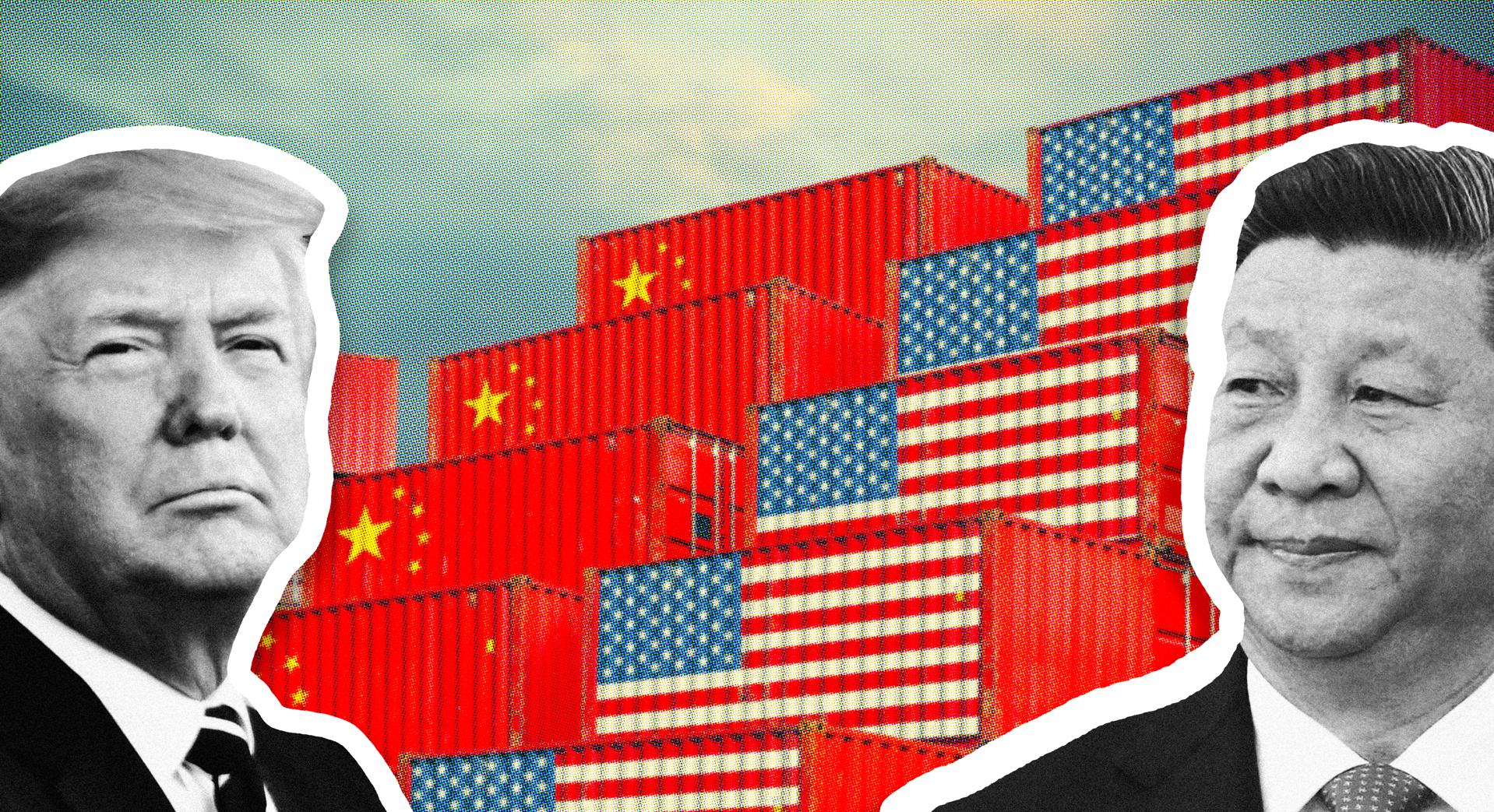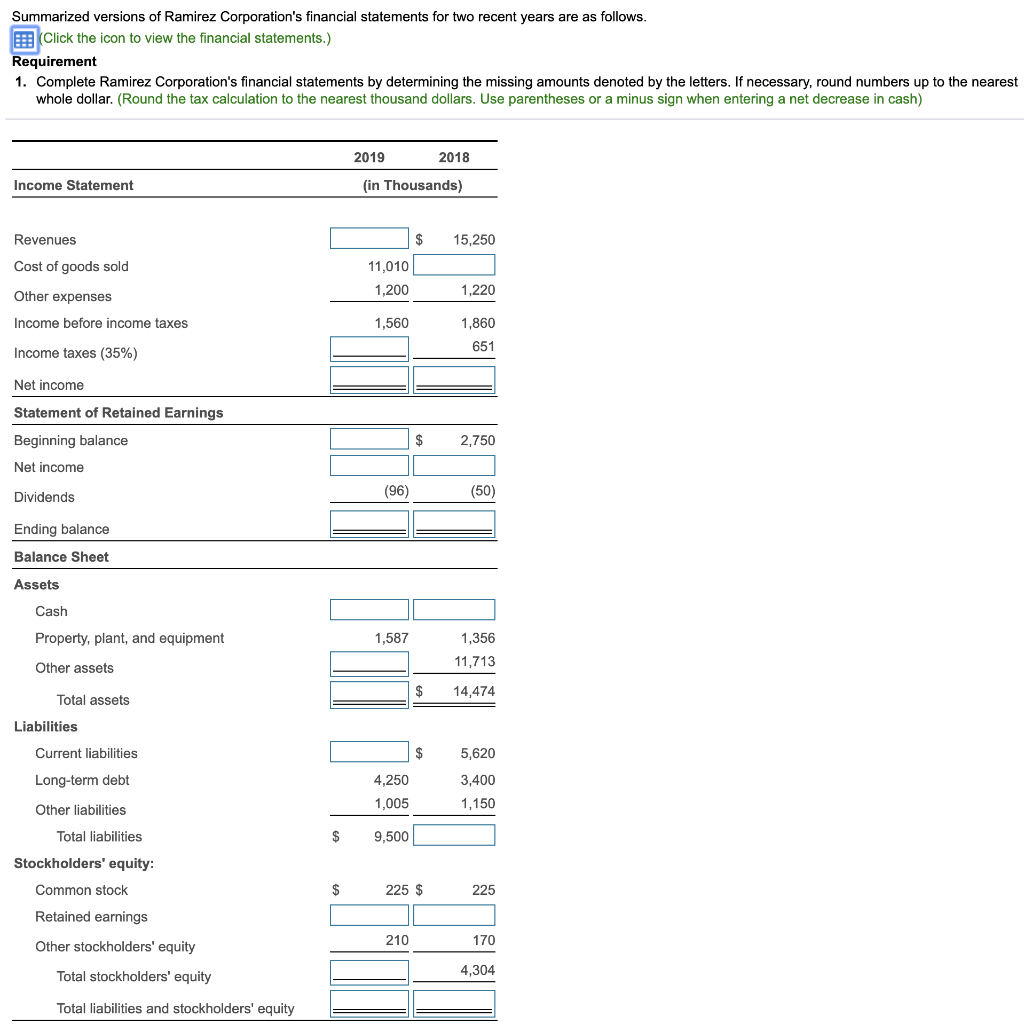The U.S. Dollar's First 100 Days: A Potential Repeat Of The Nixon Era?

Table of Contents
Economic Parallels Between Now and the Early 1970s
The economic landscape of today bears striking similarities to the early 1970s, a period marked by significant economic instability. Examining key economic indicators reveals unsettling parallels:
- Inflation: Both eras witnessed significant inflationary pressures. The 1970s saw double-digit inflation, while current inflation, though fluctuating, remains significantly higher than the targets set by central banks.
- National Debt: The national debt in both periods reached alarming levels relative to GDP, raising concerns about the long-term fiscal sustainability of the respective governments.
- Global Economic Uncertainty: The early 1970s were characterized by the collapse of the Bretton Woods system, a fixed exchange rate regime, creating global economic uncertainty. Today, we face similar challenges, with the ongoing war in Ukraine, supply chain disruptions, and rising energy prices contributing to volatility.
- Trade Imbalances: Significant trade imbalances, particularly a large U.S. trade deficit, existed in the early 1970s and persist today, fueling tensions and contributing to currency fluctuations.
The collapse of the Bretton Woods system serves as a crucial historical precedent. This system, established after World War II, pegged the value of most currencies to the U.S. dollar, which was in turn convertible to gold. Its demise signified the end of a relatively stable global monetary order and ushered in an era of floating exchange rates and increased volatility. The current global financial architecture, while different, faces similar strains from increasing interconnectedness and the potential for domino effects. Geopolitical instability, mirroring the Cold War tensions of the 1970s, further complicates the situation. The rise of new global powers and ongoing conflicts add to the uncertainty, echoing the challenges faced during the earlier period.
The Weakening Dollar: Symptoms of a Crisis?
The U.S. dollar's recent performance against other major currencies is a cause for concern. While not yet a freefall, the dollar's weakening is noticeable, prompting questions about its long-term stability. Several factors contribute to this decline:
- Rising Inflation: High inflation erodes the purchasing power of the dollar, making it less attractive to foreign investors.
- Increasing National Debt: A massive national debt raises concerns about the U.S.'s ability to service its obligations, potentially impacting the dollar's value.
- Federal Reserve Policy: The Federal Reserve's monetary policy decisions, including interest rate hikes aimed at curbing inflation, can impact the dollar's value in the foreign exchange market. These policies can lead to both increased attractiveness of the dollar, but also uncertainty about future policy directions.
A further decline in the dollar's value could have serious consequences, including increased import prices, fueling further inflation. It could also lead to capital flight, as investors seek safer havens for their assets, potentially destabilizing global financial markets.
Potential Policy Responses and Their Implications
Facing a weakening dollar, the U.S. government could adopt various policy responses, some mirroring Nixon's actions, while others would represent a different approach:
- Interest Rate Hikes: Raising interest rates can attract foreign investment, boosting the dollar's value but potentially triggering a recession.
- Trade Protectionism: Implementing tariffs or other trade barriers could protect domestic industries but might provoke retaliatory measures from other countries, further destabilizing the global economy.
- Fiscal Stimulus: Government spending aimed at boosting economic growth could weaken the dollar in the short term but might stimulate economic activity in the longer run.
- Quantitative Easing: Although less likely given the current inflationary environment, further quantitative easing could potentially further weaken the dollar.
The effectiveness and side effects of these policies are complex and depend on various factors, including the global economic climate and the reactions of other countries. Their impact on different sectors of the economy – such as exports, imports, and inflation – needs careful consideration.
Global Implications of a Dollar Crisis
A crisis involving the U.S. dollar would have far-reaching global implications. The dollar's role as the world's reserve currency means that a significant devaluation could trigger a domino effect, impacting international trade, investment, and economic growth.
- Global Financial Markets: A dollar crisis could cause widespread volatility in global financial markets, potentially leading to a global recession.
- International Trade: Fluctuations in the dollar's value would disrupt international trade flows, affecting both exporting and importing countries.
- Economic Growth: A dollar crisis could significantly hinder economic growth in many parts of the world, exacerbating existing inequalities.
- Currency Contagion: The instability could spread to other currencies, triggering a cascade of devaluations and financial turmoil.
Conclusion: Navigating Uncertain Waters – The Future of the U.S. Dollar
The similarities between the current economic environment and the lead-up to the Nixon Shock are undeniable, though crucial differences also exist. While the Bretton Woods system's demise was a singular event, today's challenges are more multifaceted. The potential for a significant shift in the global economic landscape remains, however, a real possibility. While a major downturn isn't guaranteed, the risks are significant. Understanding the potential parallels between today's economic landscape and the Nixon era is crucial. Stay informed about the U.S. dollar's trajectory and the potential for a repeat of history – your financial future depends on it! [Link to relevant financial news source]

Featured Posts
-
 World Leaders Pay Respects At Pope Francis Funeral
Apr 28, 2025
World Leaders Pay Respects At Pope Francis Funeral
Apr 28, 2025 -
 Alberta Faces Economic Setback Dow Megaproject Delayed Due To Tariffs
Apr 28, 2025
Alberta Faces Economic Setback Dow Megaproject Delayed Due To Tariffs
Apr 28, 2025 -
 Us China Trade Partial Tariff Relief For American Goods
Apr 28, 2025
Us China Trade Partial Tariff Relief For American Goods
Apr 28, 2025 -
 The Future Of Search Perplexitys Strategy Against Googles Ai Dominance
Apr 28, 2025
The Future Of Search Perplexitys Strategy Against Googles Ai Dominance
Apr 28, 2025 -
 Individual Investors And Market Corrections Opportunities And Risks
Apr 28, 2025
Individual Investors And Market Corrections Opportunities And Risks
Apr 28, 2025
Latest Posts
-
 Blue Jays Defeat Yankees Devin Williams Relief Appearance Crumbles
Apr 28, 2025
Blue Jays Defeat Yankees Devin Williams Relief Appearance Crumbles
Apr 28, 2025 -
 Rodons Strong Performance Prevents Astros Sweep Of Yankees
Apr 28, 2025
Rodons Strong Performance Prevents Astros Sweep Of Yankees
Apr 28, 2025 -
 Yankees Avoid Sweep Rodons Gem Leads To Victory
Apr 28, 2025
Yankees Avoid Sweep Rodons Gem Leads To Victory
Apr 28, 2025 -
 Decoding Musks X Debt Sale A Financial Deep Dive
Apr 28, 2025
Decoding Musks X Debt Sale A Financial Deep Dive
Apr 28, 2025 -
 X Corporations Financial Transformation Insights From The Recent Debt Sale
Apr 28, 2025
X Corporations Financial Transformation Insights From The Recent Debt Sale
Apr 28, 2025
